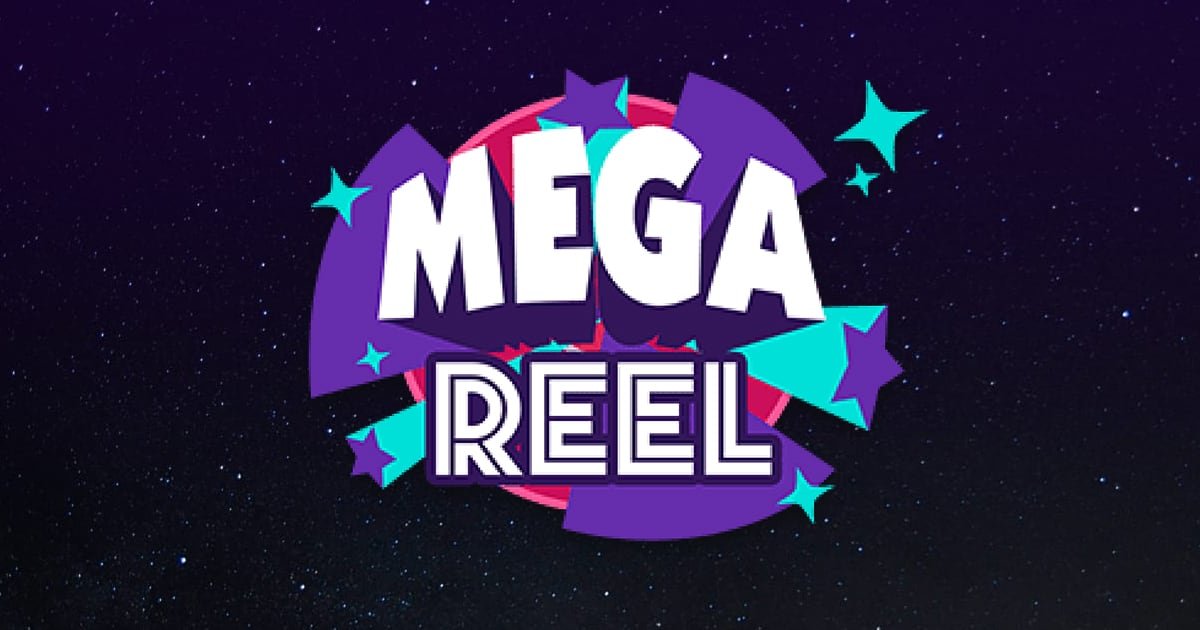
The Psychology Behind Megareel’s Most Addictive Games: Why You Can’t Stop Playing
Introduction: The Science of Gaming Addiction
Have you ever found yourself saying “just one more game” on Megareel at 2 AM? You’re not alone. This 2,500+ word deep dive explores the neuroscience and psychological principles that make Megareel’s most popular games so irresistibly engaging, from Slingo’s clever mechanics to Gone Fishing’s surprising hold on players.
✔ The Brain Chemistry Behind Gaming Addiction
✔ Psychological Triggers in Each Game Category
✔ Ethical Game Design vs. Manipulative Tactics
✔ Healthy Gaming Habits for Regular Players
✔ Future Trends in Addictive Game Design
Let’s uncover what really keeps you coming back to Megareel night after night.
Section 1: The Neuroscience of Gaming Addiction
1.1 Dopamine: The Reward Chemical
Every spin in Hot Slots or bingo win in Online Bingo triggers a dopamine release, creating:
-
Anticipation before an action
-
Pleasure during success
-
Motivation to repeat the behavior
1.2 Variable Reward Schedules
Megareel games use unpredictable reward patterns that are scientifically proven to be 3x more addictive than fixed rewards:
-
Slot machine payouts (1 in 50 spins might be big)
-
Random bonus rounds in Jackpot Games
-
Mystery gifts in New Games
“The brain responds to unpredictable rewards like a lab rat pushing a lever – you’ll keep trying even when it doesn’t pay off regularly.” – Dr. Mark Griffiths, Gaming Psychologist
Section 2: Psychological Triggers in Each Game Category
2.1 Slot Machines: Digital Skinner Boxes
Hot Slots employ:
-
Near-misses (90% loss feels like almost-win)
-
Losses disguised as wins (Small payouts less than bet)
-
Sensory overload (Lights, sounds, vibrations)
2.2 Bingo: Social Validation Engine
Online Bingo leverages:
-
Community reinforcement (Chat celebrations)
-
Pattern completion satisfaction (Filling cards)
-
FOMO (Limited-time games)
2.3 Slingo: Cognitive Dissonance Creator
Slingo’s hybrid nature exploits:
-
The sunk cost fallacy (“One more spin” mentality)
-
Multiple completion metrics (Lines, full cards, bonuses)
-
Skill illusion (Feeling of control over randomness)
2.4 Fishing Games: Relaxation Paradox
Gone Fishing uses:
-
ASMR triggers (Water sounds, subtle haptics)
-
Collection compulsion (87 fish species)
-
Progression systems (Rod upgrades, aquarium)
Section 3: Ethical Game Design vs. Manipulation
3.1 Player-Centric Design Choices
Positive aspects of Megareel’s approach:
-
No real-money gambling
-
Playtime reminders
-
Transparent odds for Jackpot Games
3.2 Potential Concerns
Design elements that could be problematic:
-
Infinite scroll in Most Popular Games
-
“Just one more” achievement nudges
-
Social pressure mechanics
Section 4: Healthy Gaming Habits
4.1 Warning Signs of Problematic Use
-
Thinking about games during other activities
-
Playing to escape negative moods
-
Hiding or lying about play time
-
Irritability when unable to play
4.2 Balanced Play Strategies
-
Set strict time limits (Use phone timers)
-
Take regular breaks (Every 45 minutes)
-
Diversify activities (Mix with physical hobbies)
-
Monitor virtual spending (Weekly budget reviews)
Section 5: The Future of Addictive Design
5.1 Emerging Technologies
-
Biometric feedback (Adjusting difficulty based on stress)
-
VR immersion (Deeper psychological presence)
-
AI personalization (Games that adapt to your triggers)
5.2 Ethical Considerations
-
Should games disclose addictiveness ratings?
-
What responsibility does Megareel have?
-
Where’s the line between engagement and exploitation?
Conclusion: Playing With Awareness
Understanding these psychological mechanisms doesn’t ruin the fun—it empowers you to enjoy Megareel’s games more consciously. The key is balance: appreciating the craft behind these engaging experiences while maintaining healthy boundaries.
Final Tip: Try keeping a gaming journal for one week—note when and why you play. You might discover surprising patterns in your Megareel habits!




